The Failings of Climate Change Fiction
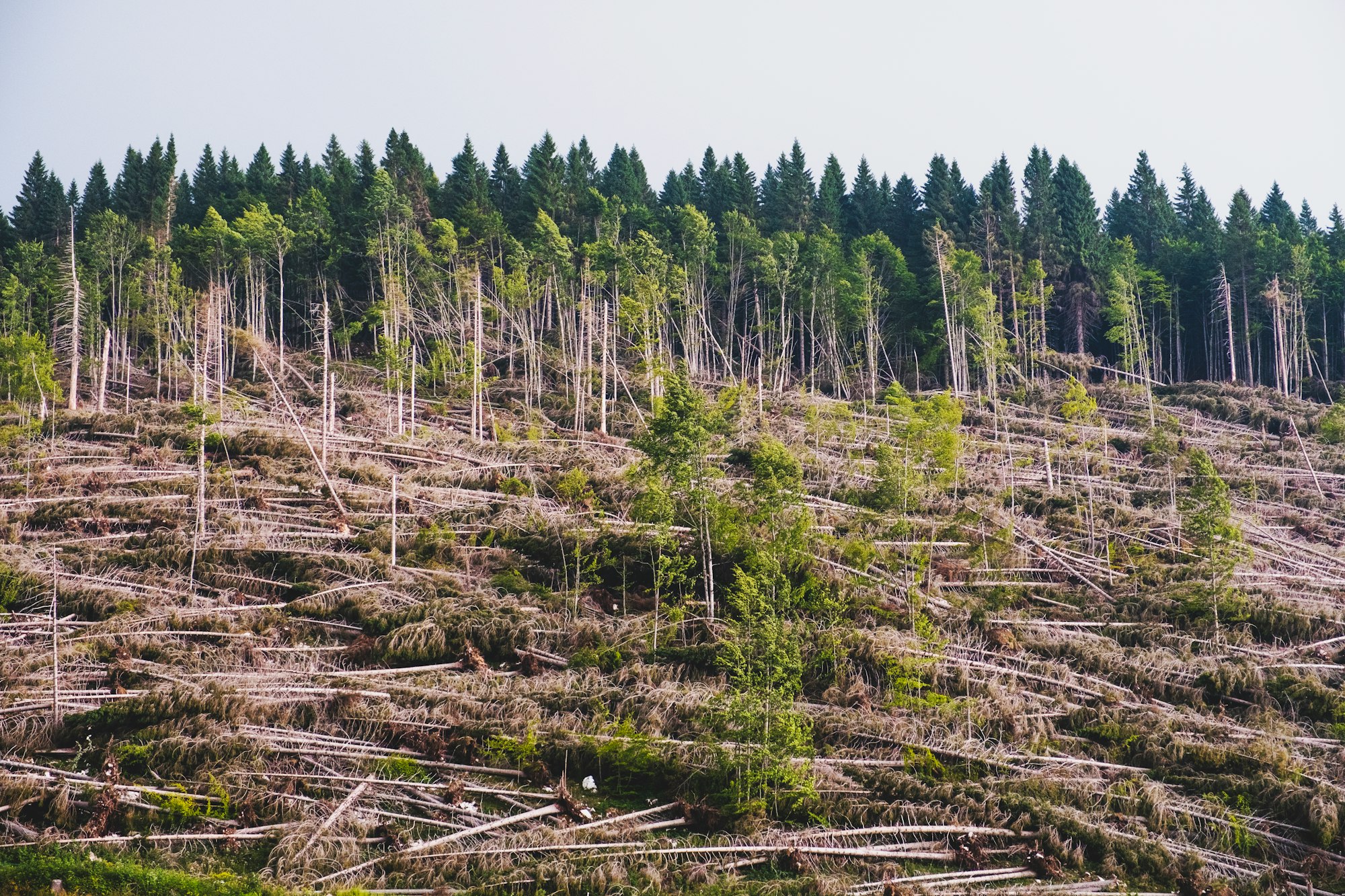
Young adult and middle grade fiction are useful tools for teaching about tough issues. Problems like the refugee crisis or poverty are difficult and stories are important to help us better understand these issues and to give them a human face. Unfortunately, there has been scant attention paid in children's literature to a force that will increasingly drive these problems: the climate crisis.
It is not difficult to figure out why this pervasive problem is rarely featured in middle grade or young adult novels. The climate crisis is too big, too existential, too overwhelming. Fiction for young people generally needs a problem that a character can face and overcome, and climate change doesn't fit neatly into that box. When books and media do focus on environmental issues, it is often with a character versus character conflict, where the main character faces off against a greedy land developer, like in Hoot by Carl Hiaasen, or an evil industrialist à la Captain Planet. While character versus character conflicts can bring attention to environmental issues, they often oversimplify them. Climate change is more complex than what is depicted in these stories and facing up to a threat that is global in nature is difficult.
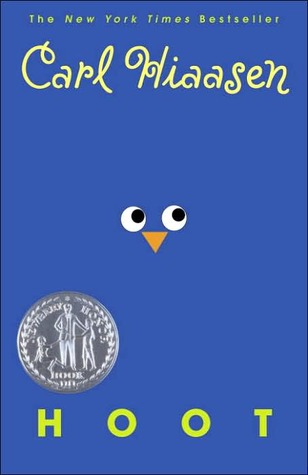
A useful concept to frame this discussion is the idea of difficult knowledge, developed by education researchers Alice Pitt and Deborah Britzman. Difficult knowledge is knowledge that makes people uncomfortable. It is knowledge people choose to ignore because they don't know how to deal with it or they feel guilty about it. It is knowledge at play every time your eyes glide past a headline about a warming planet, increased wildfires, longer droughts or higher food costs. We change difficult knowledge into lovely knowledge that is easier to stomach. We congratulate ourselves for recycling or rejecting plastic straws, while ignoring the systemic issues that are feeding the climate crisis.
To face difficult knowledge, we need to learn about the climate crisis, its causes and its impacts. Non-fiction is a useful resource for teaching scientific background, underlying causes, and solutions. However, I would argue that fiction (and non-fiction narratives) should also play a key role in teaching about climate change. Stories can act as guides. They can take knowledge that is difficult and help us digest it. Stories can show us the problem, make us care about it and point us in the right direction for dealing with it. We just need to find the right stories.
Disaster Fiction

While few middle grade and YA fiction books focus on the climate crisis explicitly, the crisis serves as a backdrop in many recent novels. It provides a setting that drives characters as they battle elements of nature or their own dislocation. For instance, Dry by Neal and Jarrod Shusterman is a speculative fiction account of how a major drought could impact California. In this young adult book, a group of young people must seek safety and water as society crumbles around them. While the extent of the disaster enters dystopian territory, the drought conditions echo real life events. Similarly, Missing Mike, by Shari Green, tells the story of a family who must evacuate their home due to wildfire. This middle grade book has significant similarities with many communities in Canada who have faced similar circumstances, as wildfires increase due to climate change.
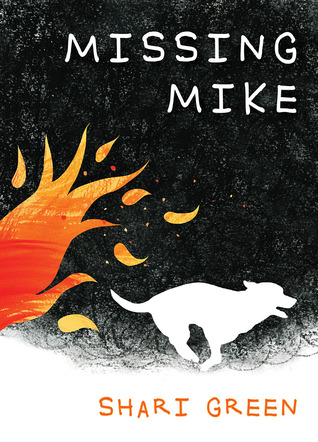
Natural disasters continue to seep into middle grade and young adult fiction as they become more frequent in real life. Unfortunately, authors do not always explicitly tie their topics to the climate crisis. In Dry and Missing Mike, little mention is made of what has caused the disasters. As a result, teachers wishing to make the connections clearer for students should spend some time building in background knowledge. Pairing the texts with news articles about natural disasters and climate change would be a good start. As well, there is great potential here for cross-curricular science or social studies units overlapping with a language arts literature circle that would encourage deeper exploration and greater text to world connections.
Dystopian Fiction and Climate Change
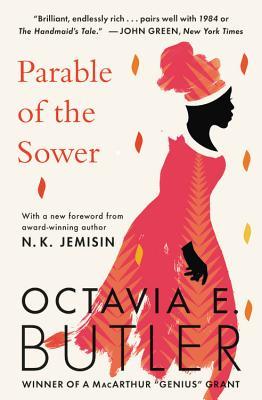
The other direction middle grade and young adult books tend to go when focusing on climate change is towards dystopia. Dystopian climate fiction treat widespread disaster as a foregone conclusion and are generally more explicit about how climate change is a main cause. The incredible Parable of the Sower by Octavia Butler is a prime example for older teens. In the book, characters must traverse a hellish landscape that has been ravaged by drought in search of safety. The book goes into great detail to describe just how dangerous and disconnected society has become as a result of climate disruption. For middle grade, Pulse Point, by Colleen Nelson and Nancy Chappell-Pollack, chronicles a society that shuts itself away from the outside world due to intense climate disasters. Other novels less explicitly touch on climate change, such as the Shadow Children series by Margaret Peterson Haddix, which takes place in a society that has banned third children due to food shortages.
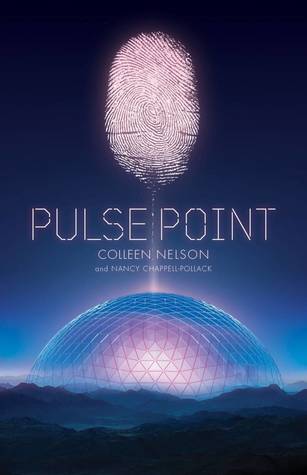
Dystopian literature serves as a warning for readers and this type of climate fiction could offer important insights. However, the pessimistic outlook could also make it harder for students to face the difficult knowledge of the climate crisis. Psychological researcher Per Espen Stoknes has identified five inner defenses that stop people from engaging in climate solutions. One is the doom defense. Climate change is frequently portrayed in terms of disaster and loss. This can cause fear, but quickly leads to desensitization or apocalypse fatigue. People start to shut down and avoid the issue entirely. As a result, dystopian stories might hook readers, but if they are the only stories we present we risk losing engagement in the issue itself.
Fiction that Faces the Climate Crisis
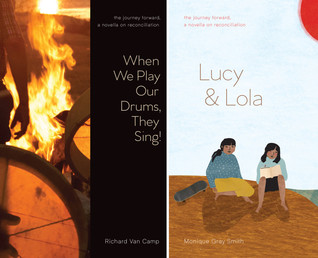
Middle grade and young adult literature is in dire need of fiction that faces the climate crisis head on, explicitly acknowledging its dangers without losing itself (and the reader) in speculative fiction. The only text I have come across recently that does this is When We Play Our Drums, They Sing! by Richard Van Camp. The novella's main focus is the intergenerational trauma of residential schools, but the main character also talks about climate change and how it is impacting his life in Northern Canada. The environmental changes in his community are becoming more noticeable and fuel his anger. Seeing a character struggle as his natural environment changes around him is an effective way to help students consider the climate crisis. It helps them acknowledge how climate change impacts people and tells them it is okay to struggle with these issues as well.
More fiction is needed for young people that deals with the climate crisis. As Stoknes says, "we need better stories of where we all want to go, and we need more stories of the heroes and heroines of all stripes that are making real change happen." Excellent non-fiction texts exist that focus on real life heroes, and I expect many biographies about Greta Thunburg and other climate activists will be published this year. However, fictional narratives are also essential. I would like to see more protagonists who are impacted by climate change and stand up to challenge the status quo. This should include more stories relating to the global climate protest movement, as well as more narratives that offer examples of kids working towards solutions in their own communities. These types of stories acknowledge the difficult situation of the climate crisis, but instead of leaning on disaster narratives, they give stories of action and hope, where young people work towards solutions. Ultimately, fiction should help young people understand their world and I hope more books emerge to help young people face this difficult reality.
